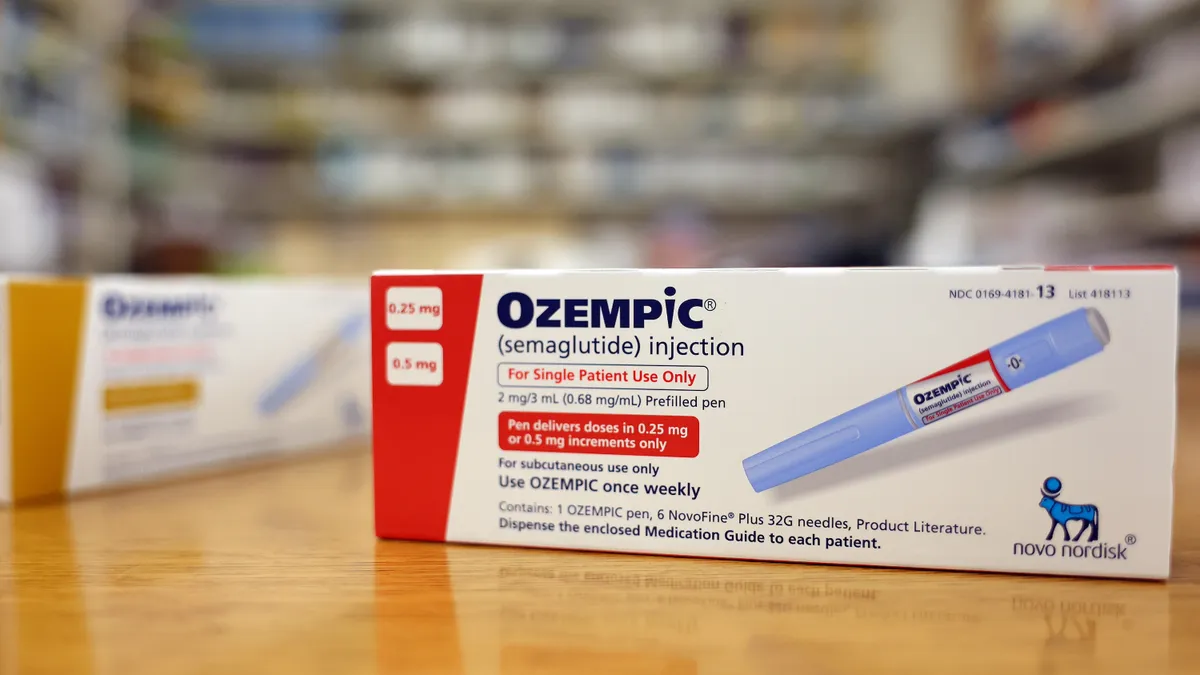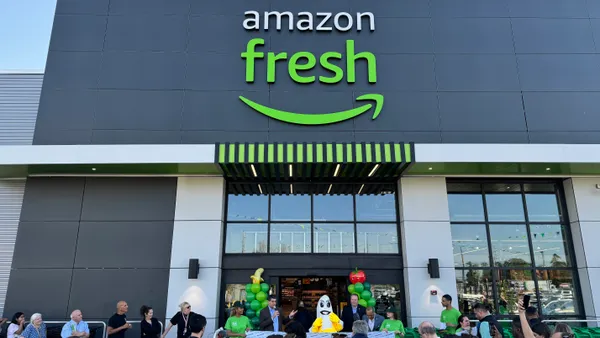The Ozempic zeitgeist has trickled from doctor’s waiting rooms and pop culture forums into the virtual break room. If employees are asking about GLP-1 coverage — in pursuit of general weight loss, not just to treat diabetes — HR may need a plan.
At a recent Digital Health New York session titled “The Economics of Obesity: Making Coverage Work,” various health experts addressed what HR needs to know about these niche benefits.
The question of cost
Elina Onitskansky, CEO of Ilant Health, raised the question of financial viability, for workers, sponsors and the healthcare system as a whole.
“How do you make sure you are capturing value?” Onitskansky asked. Workers both need to be matched with the proper GLP-1 treatment and eventually be able to leave it behind seamlessly, she said.
Unfortunately, Onitskansky added, the cost of “obesity-related conditions, [such as] diabetes, cardiovascular disease, musculoskeletal issues, are growing sort of dramatically in terms of cost.”
AJ Ally, principal and pharmacy management consultant at consultancy Milliman, emphasized the importance of choosing coverage carefully. Often, when an employer’s coverage strategy is not aligned with pharmacy benefits manager contractors, he said, there ends up being “cognitive dissonance” in the future, “where potentially employers may be opting out.”
The challenge of maximizing ROI
In a recent fireside chat with HR Dive, ADP’s Divisional Vice President of Human Resources Tina Wang said that the best way to maximize ROI on benefits is to use employee surveys. Wang recommended asking employees, “What it is that you need or feel that the company or organization can provide?”
This is particularly helpful when it comes to non-traditional benefits, Wang said. Ask the question, get the feedback; then organizations “can decide what fits their culture and what fits their budget as well.”
For GLP-1 treatment in particular, employers “need to make sure the coverage is married with a patient engagement program, behavioral health modification or nutritional therapy program,” Ally said during the Digital Health New York session.
The ROI is medical, not just financial
Matthew Percia, director of well-being and engagement at consultancy NFP said that it’s important to consider the “long-term ramifications of the drugs themselves.” Questions he raised:
- How long do people need to be on GLP-1s?
- What type of support is in place to make sure that they don't continue to bounce back to their previous weight?
It’s crucial that employers understand, Percia said, the overall impact GLP-1s will have on workers several years down the road.
Ally said that patients need to lose 10 to 20% of body weight and see a sustained weight loss for there to be ROI on the medicine.
Lifestyle: The holistic approach
Percia noted the importance of taking a holistic approach as an employer, focusing on physical exercise to nutrition. That can include calorie counting, eating healthy and providing registered dietitians “to talk to a patient in an educated way, to make sure they have the right tools and support they need,” he said.
It can also mean facilitating food or meal delivery services. Percia said sleep hygiene, mental health and addiction can also be tied to obesity.
Overall, Percia emphasized, the health care has to be both physical and psychological, working in tandem.
“You have to look at it from a holistic perspective and understand all the different components that could impact and create someone with obesity,” Percia said. Employers need to find different ways to provide additional services, tools and resources “to make sure at the end of the day that the employee and the patients who are on these types of medications are successful in the long term,” Percia said.













